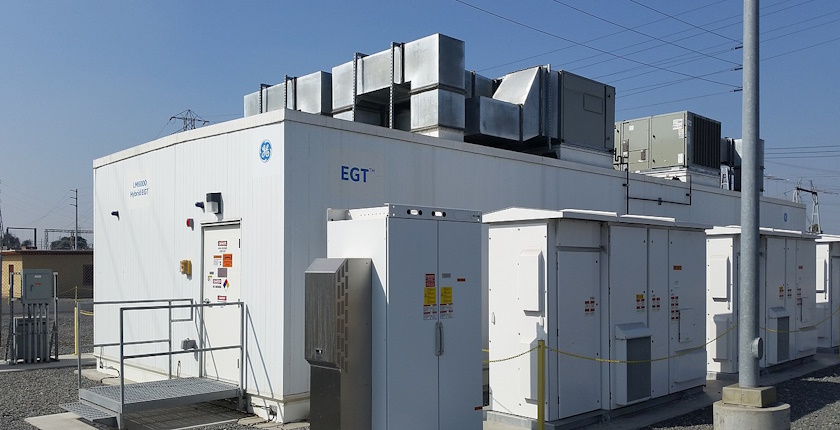
Photo: Ysc usc / https://creativecommons.org/licenses/by/4.0/legalcode
A new CMS expert guide outlines what to keep in mind when investing in and operating electricity storage facilities in Austria.
Electricity storage facilities are key components of every sustainable and self-sufficient energy system, experts from CMS Reich-Rohrwig Hainz said in its new guide Electricity Storage Facilities in Austria, which mostly covers battery systems. The law firm has extensive legal expertise in the energy sector.
They provided investors with a glimpse into the market and outlined the key elements of the country’s regulatory framework, grid access, permits for construction and operation, site acquisition, zoning, network charges, taxes, energy steering measures, electricity labeling and certificates of origin, subsidies and balancing.
Austria aims to fully switch to renewables by 2030 in electricity production
Since electricity generated from renewable sources fluctuates widely and independently of consumption, storage facilities are important to stabilize the grid or reduce peak loads. Such facilities can also be used to take advantage of favorable spot prices when available.
The legal framework for electricity storage in the European Union is far from complete, but at least it is developing rapidly, the authors pointed out. The government of Austria has not been idle as it committed to transforming electricity generation to exclusively renewable sources by 2030.
Grid access process is swift
The country’s Renewables Expansion Act doesn’t define electricity storage, but at least one of the implementation ordinances calls a facility that is eligible to receive investment grants an “electricity storage system” and defines it as a stationary system that can absorb electrical energy on an electrochemical basis in accumulators and make it available again for time-delayed use. Obviously, as far as investment grants are concerned pumped-storage facilities and renewable gases are no storage facilities, CMS explained.
For electricity labeling purposes, an electricity storage facility is only relevant if its capacity exceeds 250 kWh.
Being an electricity supplier from the regulatory point of view, the operator of a storage facility is entitled (and obliged) to grid access through the local distribution system operator or DSO. Gaining access to the grid in Austria is a fairly swift process, the document reads.


















Be the first one to comment on this article.